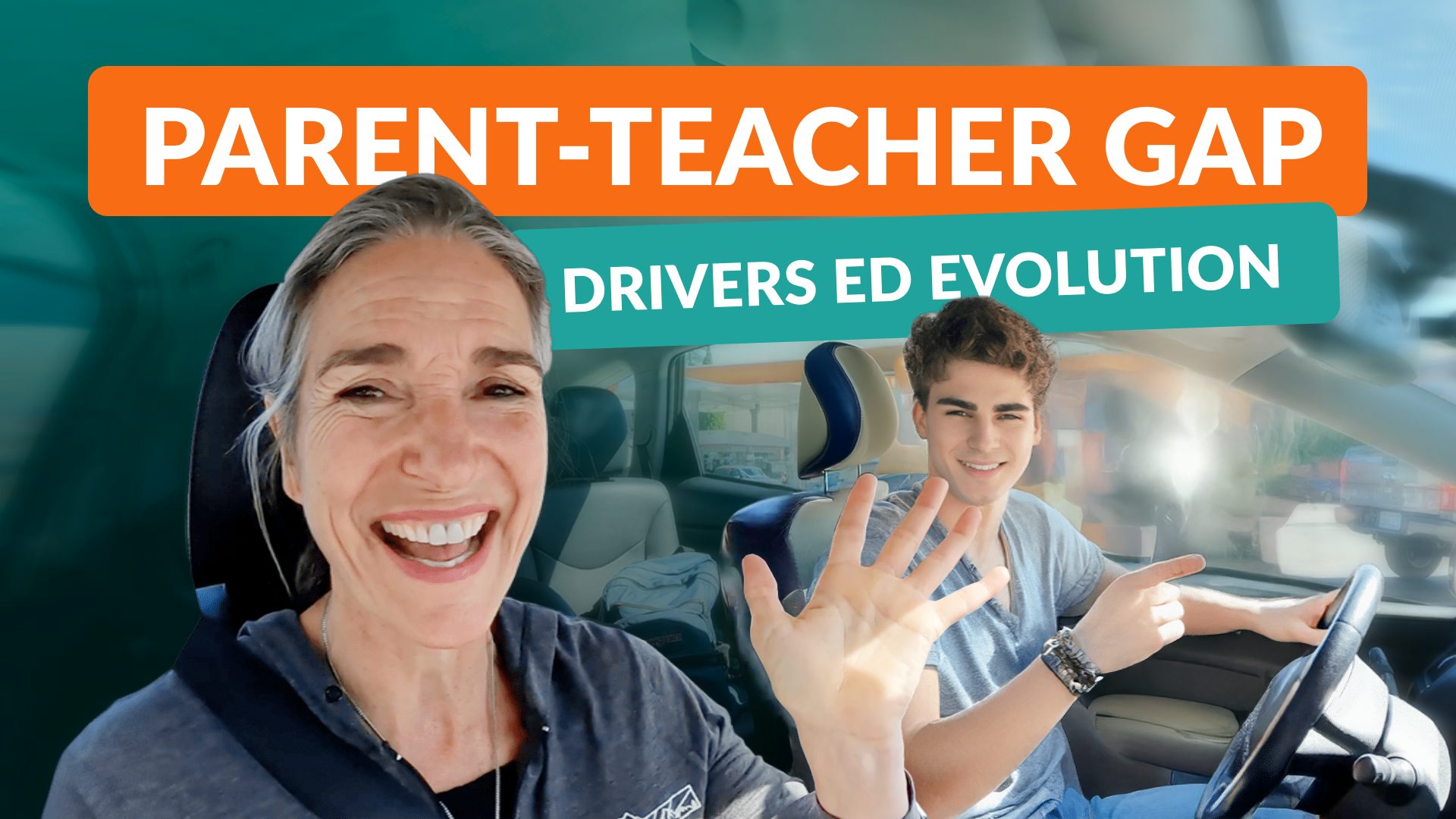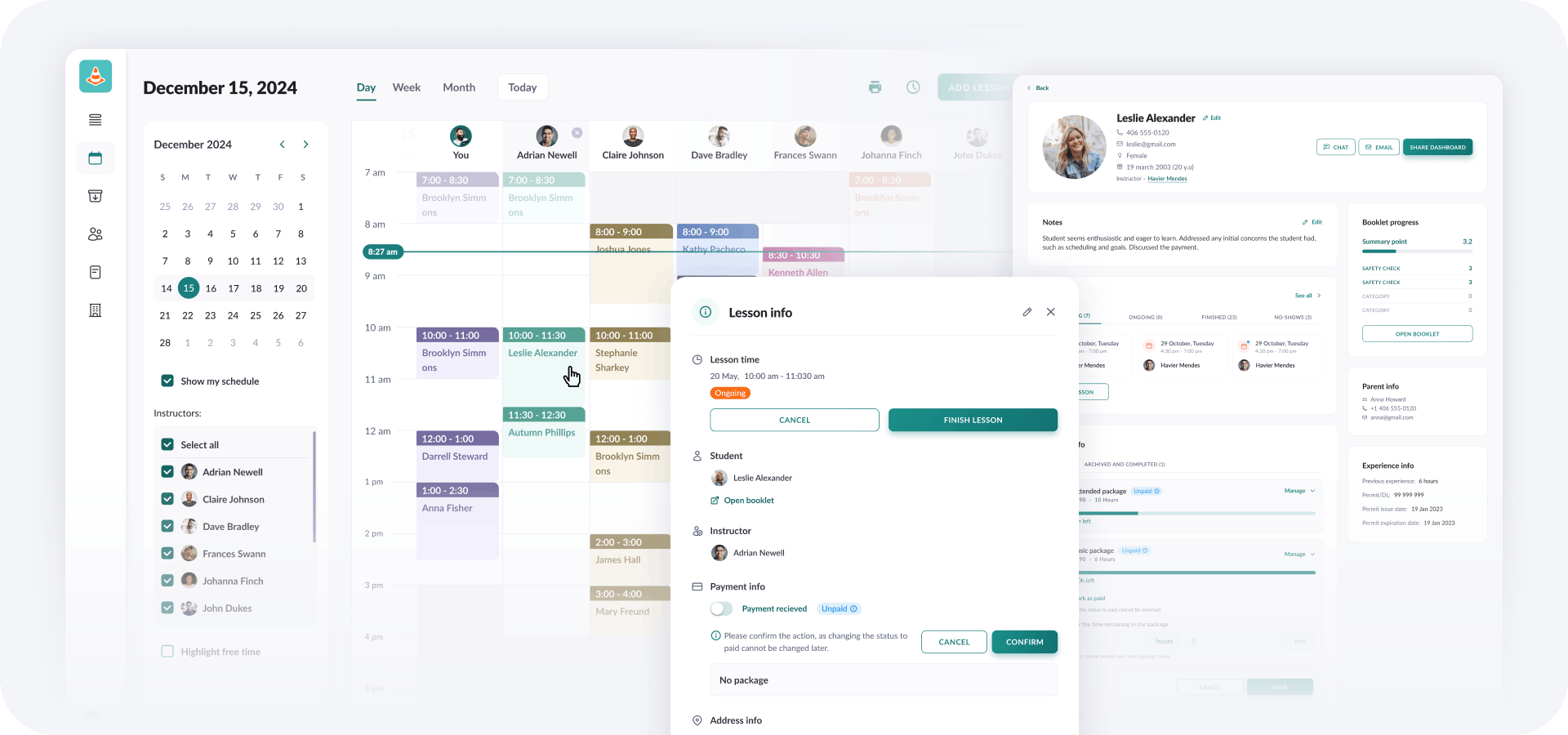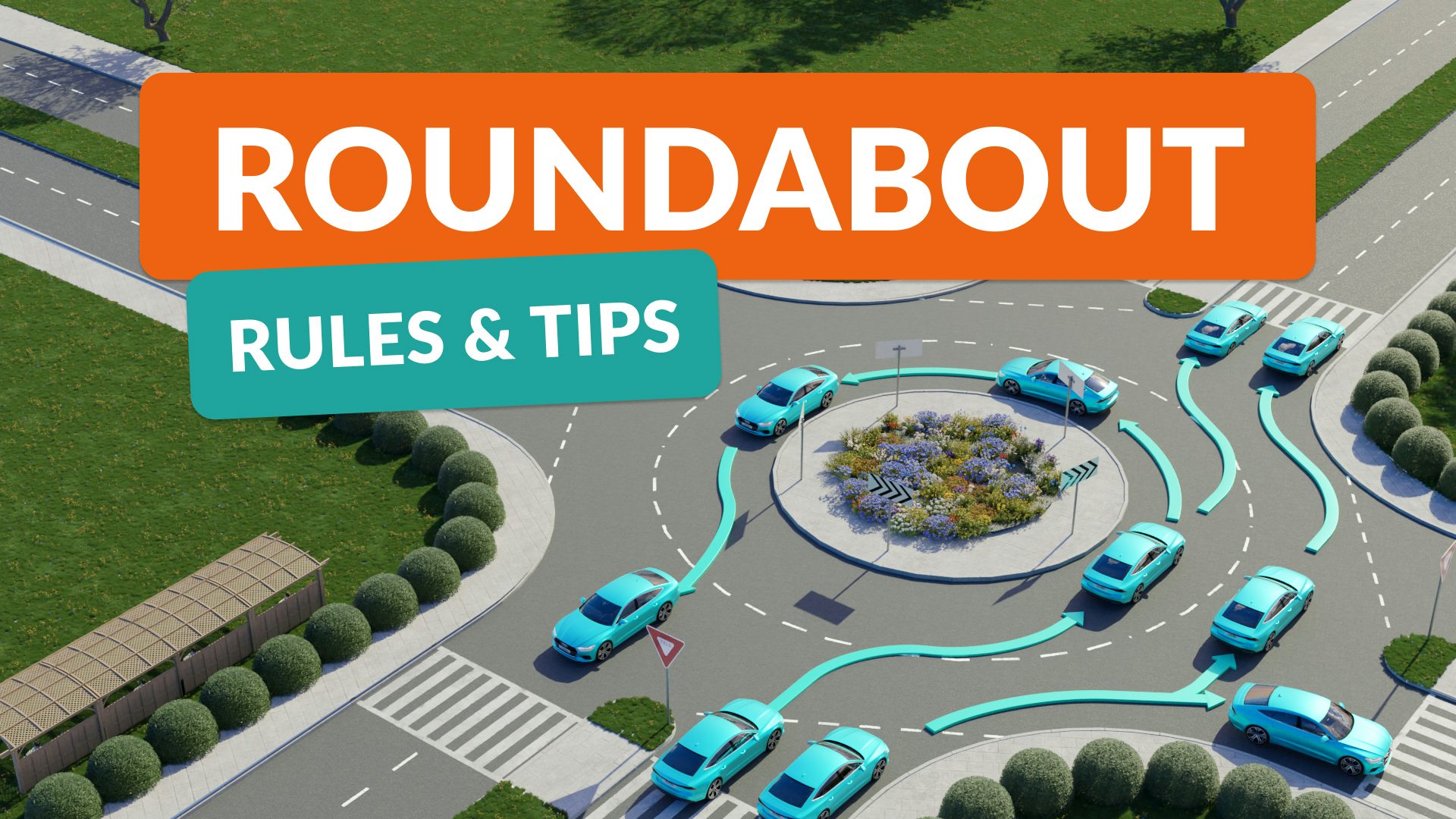
How to Use a Roundabout Correctly: Traffic Rules & Signaling
Mastering a roundabout means knowing its structure and function in maintaining safe traffic flow along with understanding the key navigation principles.
In this article, we explain:
- How to navigate roundabouts
- Common mistakes and how to avoid them
- Differences between roundabouts and traffic circles
What Is a Roundabout?
A roundabout is a circular intersection where vehicles move counterclockwise around a central island. There are no traffic lights to regulate the flow of cars. Instead, circulating vehicles have the right-of-way, and those entering must yield to them.
Roundabout Signs
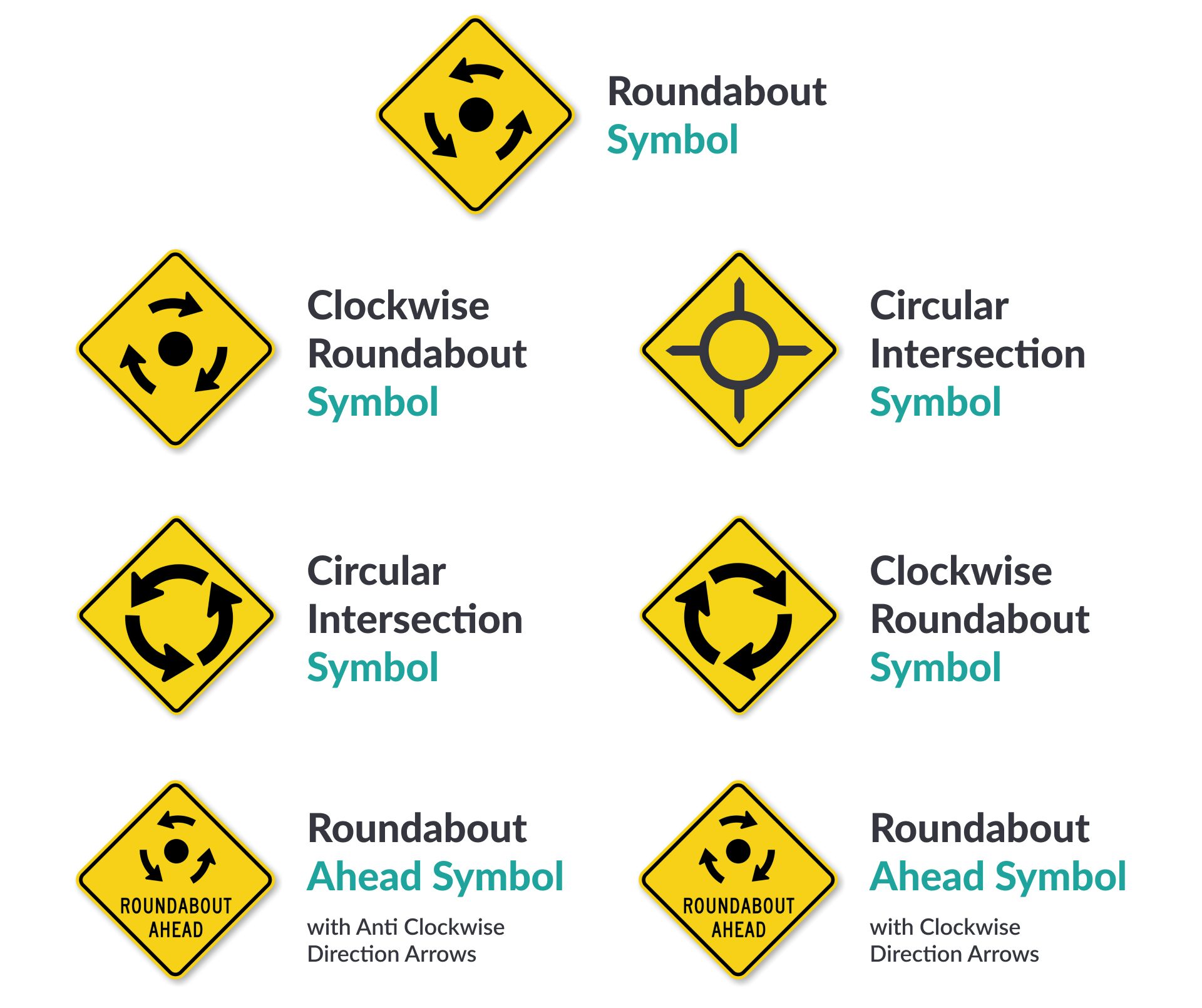
Multi-lane vs. Single-lane Roundabouts
Multi-lane and single-lane roundabouts adhere to the same traffic rules. However, in multi-lane roundabouts, drivers must choose their entry lane based on their intended exit. Thus, to turn right at the intersection, a driver must select the right lane.
Why Roundabouts are Useful

- Enhanced Safety: Roundabouts minimize the risk of severe injuries from right-angle, head-on, and high-speed collisions and feature crosswalks set further from entering traffic, providing safer pedestrian routes.
- Boosted Traffic Flow: The yield-at-entry rule in roundabouts facilitates uninterrupted traffic flow and reduces unnecessary wait times.
- Diverse Circulation: Roundabouts are important for intersections used by large trucks, allowing them to navigate easily.
- Improved Sustainability: Continuous movement reduces vehicle idling, leading to lower emissions and better air quality. Also, fewer stops minimize roadway wear, prolonging its durability.
How to Use a Roundabout
Turning Right

- Choose the right-hand lane unless road markings indicate otherwise.
- Activate the right turn signal before entering.
- Keep the vehicle in the right lane and exit.
- Deactivate the right turn signal.
Going Straight

- Select either the left or right lane.
- Don’t activate any turn signals before entering.
- As you approach the intended exit, activate the right turn signal.
- Exit and deactivate the right turn signal.
Turning Left
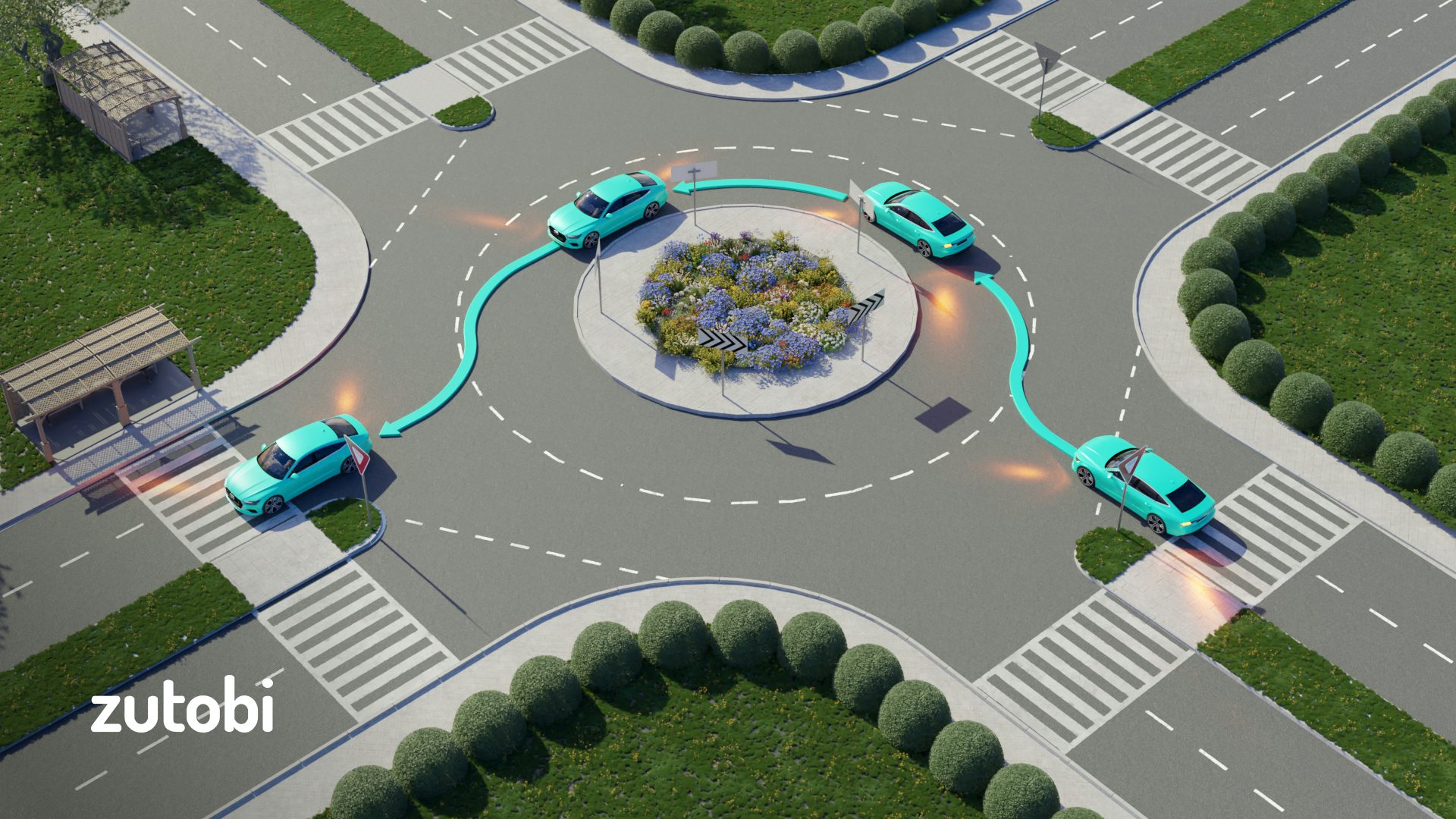
- Enter the left lane, respecting all signage and road markings.
- Activate the left turn signal before entering.
- Remain in the left lane, following the roundabout’s curve.
- Approaching the exit, activate the right signal.
- Exit and deactivate the turn signal.
Making U-turns
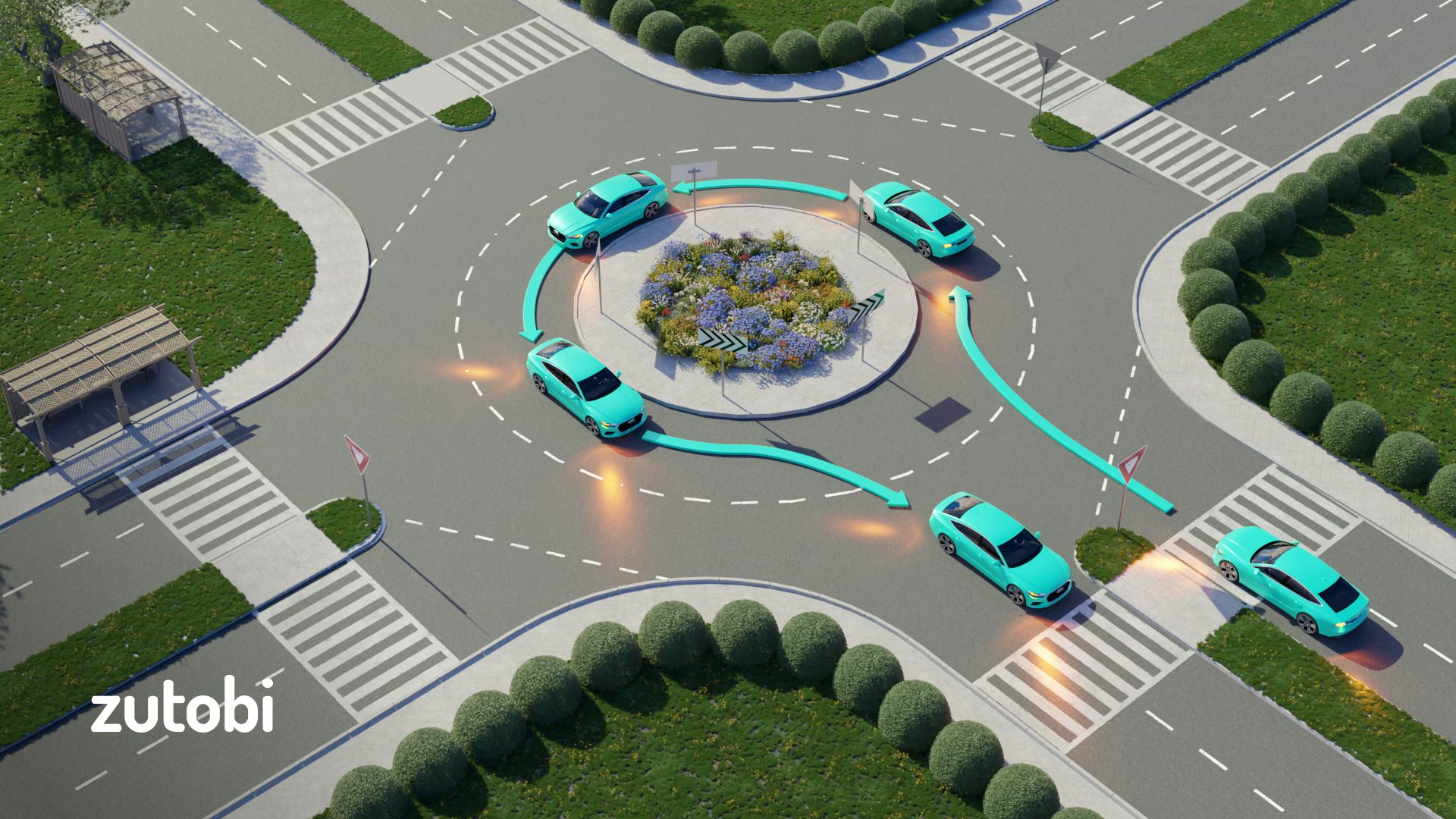
- Select the left lane, adhering to road markings.
- Activate the left turn signal before entering.
- Circulate in the left lane, passing the first and second exits.
- Nearing the third exit (from your initial entry point), activate the right turn signal.
- Leave the roundabout on the third exit and deactivate the turn signal.
Exiting
When leaving the roundabout, check the mirrors and blind spots to make sure you can exit safely. If it’s unsafe to exit, circle around the roundabout and try again. As you leave, join traffic flow at a safe speed, and keep an eye on road signs and anyone on foot or bike.
Common Mistakes to Avoid in a Roundabout
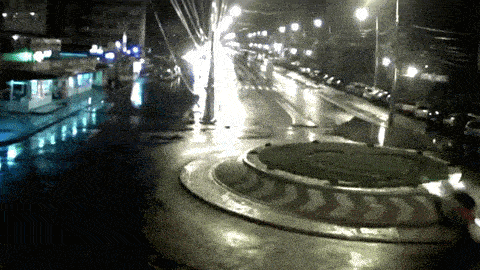
Not Yielding the Right of Way
- Traffic Flow Disruptions: By not yielding, drivers disrupt the smooth flow of traffic, leading to sudden braking or swerving.
- Accident Risks: When multiple vehicles enter the roundabout simultaneously, not yielding the right of way can lead to T-bone collisions.
- Road User Conflicts: Failure to yield puts vulnerable road users crossing the roundabout at risk.
Speeding or Stopping
By speeding up, drivers won’t have enough time to yield to other vehicles or navigate the roundabout correctly, which leads to lane confusion and right-of-way issues.
Drivers are advised to maintain a speed limit of 15-25 mph, depending on traffic conditions and visibility. But even in heavy traffic or low visibility, stopping inside a roundabout is prohibited, as this disrupts the movement and potentially leads to collisions.
Changing Lanes
Lane changes not only disrupt the movement but also increase collision risks. Drivers should select the appropriate lane for their intended exit before entering the roundabout.
How to Change a Lane Safely
- Check Surroundings: Ensure a clear view of adjacent lanes and consistently use mirrors.
- Signal Early: Turn on your indicator to show the lane change intention, providing a warning to drivers behind.
- Monitor Blind Spots: Regularly check for not immediately visible vehicles.
- Change Decisively: When a safe gap emerges, change your lane smoothly without hesitation.
Roundabout vs. Traffic Circle
| Roundabout | Traffic Circle | |
|---|---|---|
| Design Size | Generally smaller in diameter | Typically larger with a wider circulating roadway |
| Speed Management | Designed to lower speeds (15-25 mph) | May allow for higher speeds |
| Operational Principle | Vehicles on the circulating road have a priority | Priority can vary or be managed by signals |
| Traffic Control | Utilizes yield signs at entries | May use traffic signals or stop signs |
| Traffic Flow | Continuous flow, drivers yield upon entering | Flow can be interrupted by traffic controls |
| Lane Changing | Discouraged due to compact design | May allow lane changes within the circle |
| Pedestrian Access | Pedestrian crossings are often available away from the entry/exit | Pedestrian facilities may vary |
| Cyclist Access | Cyclists often mix with vehicular traffic or use a separate path | May not accommodate cyclists effectively |
| Safety | Tends to have fewer and less severe collisions | Collision rates and severity can be higher |
Master Roundabout Rules for your Driver’s Test
Need a sure way to nail your permit and driving tests? Zutobi has your back! We simplify complex concepts like roundabouts into easy-to-understand lessons that boost your confidence.
Our Behind-the-Wheel (BTW) online course provides professional online driving lessons, step-by-step guides, parent training resources for at-home practice, and virtual driving simulations – all in a risk-free environment trusted by driving schools and students alike.
Plus, over 250,000 students use our permit test prep course to ace their DMV exams on the first try each month. Get started with Zutobi today and take the next step toward earning your license!

550+ exam-like questions
All you need to ace your test
Perfect for first-timers, renewals and senior citizens
Recommended articles
Ace your DMV test, guaranteed
Want to Be the Top School in Your Area?
- Simple & automated admin
- More time for teaching
- #1 learning materials for students
